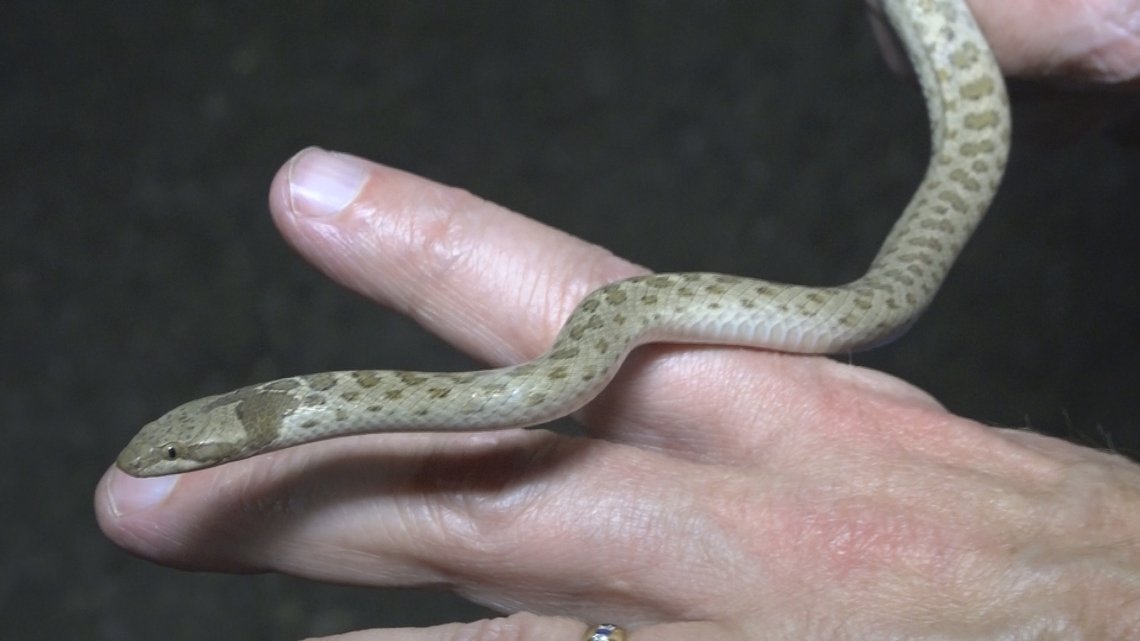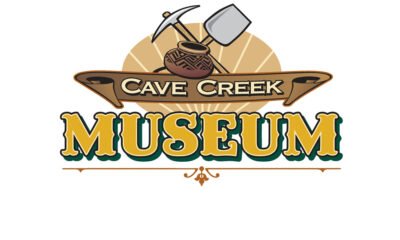animals
Arizona’s Snake-Hunting Hobby: A Fascinating yet Puzzling Pastime

Jaren Martineau and his friends seek out creatures that haunt people’s nightmares. In the Arizona desert, these creatures reveal themselves primarily at night.
GILA COUNTY, Ariz.—It’s 7:34 p.m. on a Saturday, and we find ourselves at a concealed spot in Gila County. It’s a dirt lot surrounded by rugged hills.
Martineau cherishes this secluded desert road. He aims to keep it free from crowds and reptile poachers.
Accompanying Martineau are two of his childhood friends. One, Jason Tenney, sports shorts and flip flops, odd attire for their nocturnal treks.
The four of us embark in Tenney’s truck as the sun dips, plunging the desert into darkness.
We’re on the lookout for creatures synonymous with bad dreams, most encountered during nighttime.
“We are herping right now,” said Tenney.
To spot snakes or spiders in the Arizona desert, being a night owl is essential.
Martineau and his friends dub themselves “herpers,” enthusiasts who engage in “herping” under specific weather conditions and, when permitted, by their spouses.
Herping involves searching for reptiles and amphibians, collectively known as herps. Herpetology is the formal study of these creatures.
By day a lawyer, Martineau has been herping since childhood, starting with lizards.
“As I grew older, I craved finding snakes, but my mom wouldn’t allow it,” Martineau revealed.
At 18, with his first car and newfound freedom, Martineau turned to reptile guidebooks. He discovered that a car and the right conditions in the desert could yield snake sightings.
“Summer nights during monsoon season are ideal for finding reptiles and amphibians,” Martineau shared.
That night, our first catch looked like a roadside stick. It was a baby Mohave rattlesnake.
“This season is when baby rattlesnakes are born,” Martineau noted while using his snake hook. The rattlesnake didn’t hiss or rattle; it simply wanted to escape.
Snakes on the pavement face a risk of being run over, commonly referred to as DORs, “dead on the roadway.”
Dead snakes don’t contribute to Martineau’s Facebook group’s annual monsoon herping challenge.
The group, “ARIZONA Reptiles and Amphibians – Herping, Community, Observations,” boasts 2,600 members. Participants share their finds and seek help identifying snakes.
“Some other Facebook groups weren’t as welcoming to beginners,” Martineau said. “I started mine to make it easier for newcomers.”
Martineau also operates a YouTube channel, “Sonoran Herping Adventures,” documenting his trips and providing tips.
Saturday night’s herping proved successful.
Near the site of our first encounter, a Sonoran gopher snake sprawled across the road.
We exited the truck as headlights approached.
“Should I grab it?” Tenney asked.
He picked up the non-venomous snake. The car stopped briefly, curious about our roadside activity.
“Everything alright?” the driver asked. “Yep, thank you,” Martineau responded, and the car moved on.
The gopher snake was about 2 feet long, though they can grow up to 7 feet.
“They consume a lot of rodents,” Martineau explained.
The second gopher snake we found appeared injured. We offered water, but it wasn’t interested and soon slithered into the brush.
Most herps evade human contact.
“People often fear snakes will chase them, but usually, they stay still or seek to escape,” Martineau clarified.
Further along, Tenney suddenly braked.
“That’s a banded gecko or something by your door,” he said.
But it was too quick for us to catch.
Further up, Martineau got out to inspect what looked like a snake.
“It’s a stick, a root or something,” he confirmed.
A few miles ahead, we encountered an Arizona black rattlesnake, one of Arizona’s 13 venomous species.
Martineau, never bitten and cautious, respected the snake’s space. “This is one of our more beautiful rattlesnakes,” he remarked.
Throughout our 3.5-hour herping, we found five rattlesnake species, two gopher snakes, a toad, two skunks, a coyote pup, and a tarantula. Though not all are herps, they were fascinating to see.
Herping is a straightforward, low-cost hobby requiring specific conditions.
Choose a low-traffic desert road, preferably during cooler temperatures between 75 to 85 degrees. Spring and monsoon night outings on moonless nights increase success rates.
Travel slowly, ensuring that road cruising is legal. Return trips often yield fresh finds.
Exercise caution. “Use a good, bright flashlight,” Martineau advised. “Watch where you step and place your hands.”
Especially if you’re in flip flops.


















